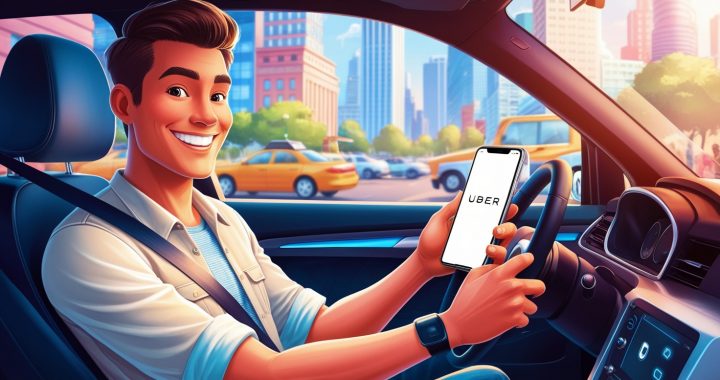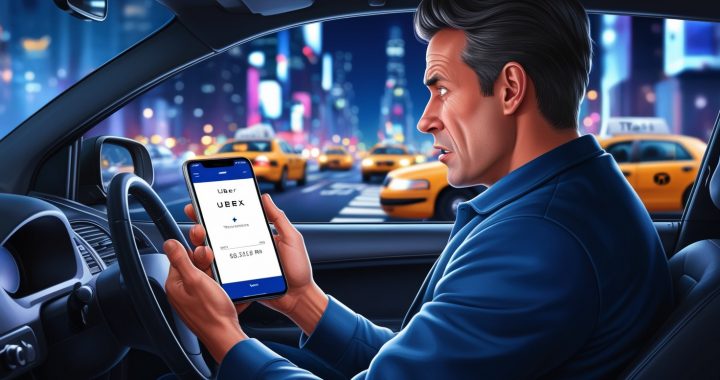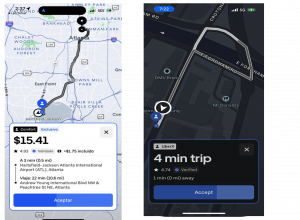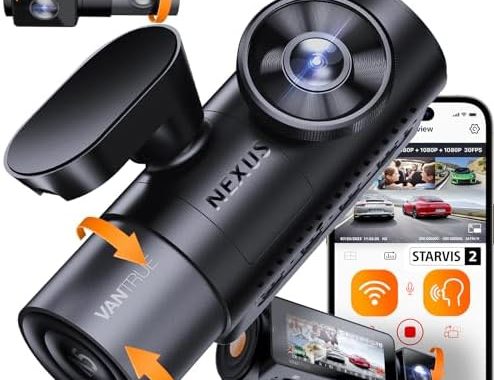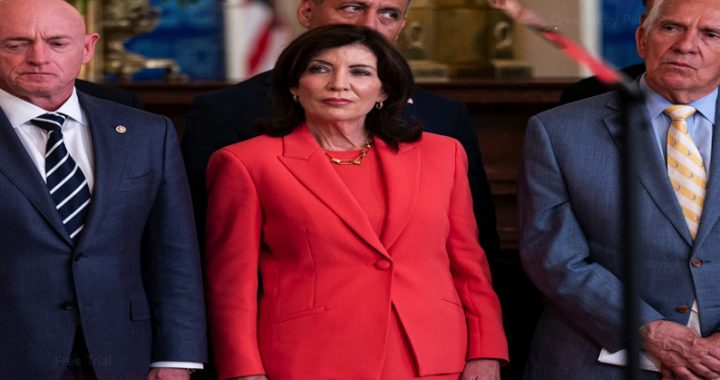Are you thinking of becoming an Uber driver? Whether you want a full-time job or a flexible side hustle, Uber offers a great opportunity to earn money on your terms. Here’s a step-by-step guide to help you get started.
Step 1: Ensure You Meet the Requirements
Before applying to drive for Uber, you need to make sure you meet their eligibility criteria:
- Age Requirements: You must meet the minimum age to drive in your city or state.
- Driver’s License: You need a valid driver’s license for the state where you’ll drive.
- T&LC Driver License: If you live in New York City you need a Especial license to work as Taxi Driver.
- Driving Experience: Uber typically requires at least 1 year of driving experience, or 3 years if you’re under 25.
- Background Check: You must pass a background check, which includes your driving history and criminal record.
Step 2: Check Your Vehicle Eligibility
Uber has specific requirements for vehicles depending on the service you want to offer:
- Vehicle Age: The car must typically be less than 15 years old (varies by city).
- 4-Door Vehicle: A 4-door car, truck, or minivan is required.
- Good Condition: Your car must pass a vehicle inspection.
- Insurance:
Your vehicle must have in-state auto insurance with your name listed.
A Comercial Insurance if you plan to work as taxi driver in New York City.
- Pass Vehicle Inspection: Only in New York City. All vehicle must pass the Taxi and Limousine Commission Vehicle inspection.
If you don’t own a car, Uber partners with vehicle rental or lease companies to provide options for prospective drivers.
Step 3: Create an Uber Driver Account
Visit the Uber website or download the Uber Driver app to start your application:
- Sign Up Online: Go to the Uber website and fill out your personal details, including your name, email, and phone number.
- Submit Documents:
- A valid driver’s license.
- Proof of insurance.
- Proof of vehicle registration.
- A clean profile photo (headshot).
- Agree to a Background Check: Uber will conduct a thorough background check to ensure safety and compliance.
Step 4: Complete a Vehicle Inspection
Most cities require your car to pass a vehicle inspection before you can begin driving. You’ll need to visit an Uber-approved inspection location or have a licensed mechanic perform the check.
Common items inspected include:
- Lights and signals.
- Brakes.
- Tires.
- Seat belts and doors.
Step 5: Download the Uber Driver App and Start Driving
Once approved, you’ll need to download the Uber Driver app. Here’s how to get started:
- Log in to your account.
- Set your availability and start accepting ride requests.
- Familiarize yourself with the app’s features, such as navigation and trip earnings tracking.
Tips for New Uber Drivers
- Set Goals: Decide how many hours you want to work and what you aim to earn.
- Understand Surge Pricing: Drive during peak hours to maximize your earnings.
- Customer Service: Be polite and professional to increase your ratings and tips.
- Track Expenses: Keep a record of your gas, maintenance, and other costs for tax purposes.
Why Drive for Uber?
- Flexibility: Choose when and where you work.
- Quick Earnings: Get paid weekly or use the Instant Pay feature to access your earnings sooner.
- Support: Uber offers 24/7 support for drivers and a range of resources to help you succeed.
With these steps, you’re ready to hit the road and start earning. Becoming an Uber driver is a straightforward process, and with the right approach, it can be a rewarding experience. Good luck!
